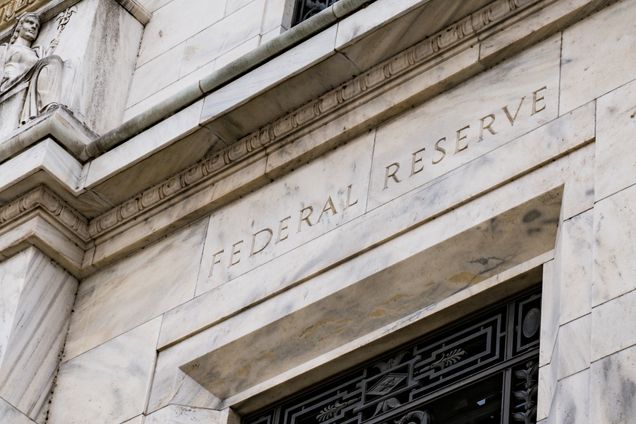The Fed in the Corporate Bond Market in 2020
GEGI Working Paper 041. August 2020.

The Federal Reserve interventions in private securities markets in the spring of 2020 extended its 2008 playbook from buying high quality short-term paper to bonds, and departed from it by buying junk bonds. In March 2020, the Fed reprised its last-resort lending to primary dealers, accepting private securities as collateral, and its last-resort underwriting and buying of commercial paper. Given the reliance of nonfinancial firms on corporate bonds, some were not surprised when the Fed then extended last-resort underwriting and buying to corporate bonds. In April, however, the Fed departed from its playbook with its announcement that it would buy junk bond exchange-traded funds (ETFs): it set no minimum quality criterion for its credit extension.
The Fed’s announced intervention in corporate bond markets succeeded before the buying even started. It raised prices of corporate bonds, narrowed both trading and fund valuation spreads, reversed investor runs and encouraged record-setting corporate bond issuance. ETF prices jumped on announcement, flipping a flashing market “billboard” from sell to buy, and underlying bond prices, spreads and flows subsequently improved across a broad range of dollar credit markets.
This paper raises two policy questions. First, could the Fed have reduced the conflict between buying junk bonds and its previous efforts to reduce supervised banks’ involvement in leveraged loans? The Fed could have bought only junk bond funds holding a smaller weight of the lowest quality bonds issued by firms that private equity deals had leveraged up. Second, should the Congress authorize the Fed to do open market operations in corporate bonds? Such authority could avoid the legal awkwardness of using emergency lending powers to buy corporate bonds and could allow the Fed to develop operational capacity in this important market. Similar issues of role conflict and legal powers arise in any market, including emerging markets, when the central bank buys private securities.
Download the full Working Paper